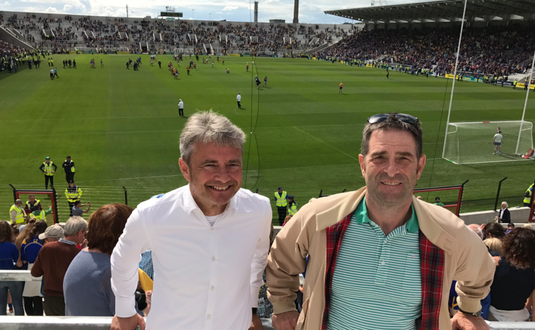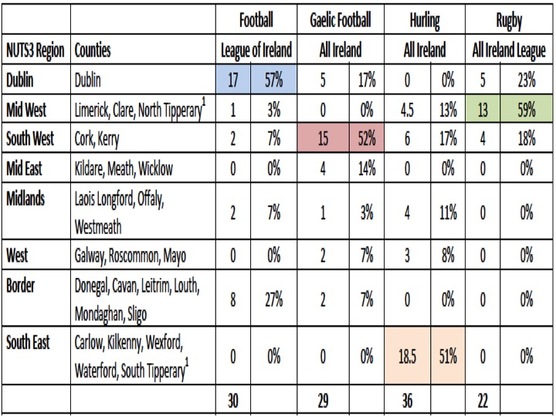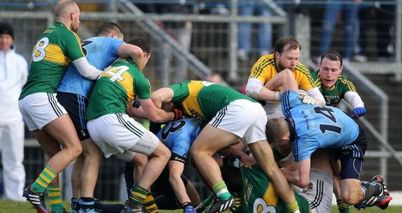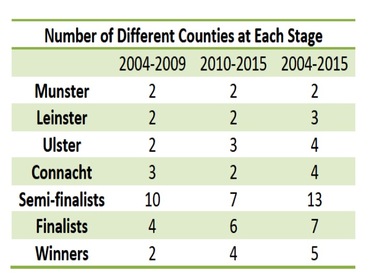As expected, release of the 2020 financial accounts for the GAA did not make for good reading. The national game and Association were badly hit by the Covid-19 pandemic and reported a deficit of €34.1 million for the calendar year. These losses were a combinations of both central (€27.1m) and county (€7m) level deficits, and compare to a surplus in 2019 of about €10 million.
The core problem facing the Association in 2020 was both the decline in commercial and gate revenues. Combined, these revenues sources fell 60%, from €73.9m to €31.4m. According to the Association "In 2019 the GAA earned €36M from gate receipts, whereas in 2020 income from gate receipts was just €3.6M". This means that both revenue sources added about 50% each in 2019 but gate revenues obviously collapsed in 2020.
While few could have predicted in early 2020 that there would be a collapse in gate revenues, reliance on this source of revenue makes the GAA look more like lower-tier football clubs in England or the early years of the Premier League. Broadcasting revenues now dwarf gate receipts in almost all major sports with the NFL and Premier League being the two best examples.
The GAA have sought to rectify this in recent years by selling broadcasting rights to subscriptions channels such as Eir Sport and Sky Sports. However, the sums involved still do not match ticket sales. For example, the current BSkyB/GAA broadcasting agreement, which runs until 2022, is worth about €11 million per year. This is about the same value as a single Premier League game broadcast by Sky Sports, BT or Amazon.
News that Amazon may be about to bid for GAA matches from 2023 could be good news for the Association. It might move the game away from a reliance on state aid (currently more than half of all revenue) and gate receipts.
The reliance on gate receipts is probably the main reason why a rescheduled calendar for 2021 would see club games start first, with inter-county matches starting later in the year. If the latter were to start in October, for example, restricted attendance might be possible, assuming vaccine rollout continues apace. Any revenue in this form would be welcome news following a dreadful 2020 season.




 RSS Feed
RSS Feed